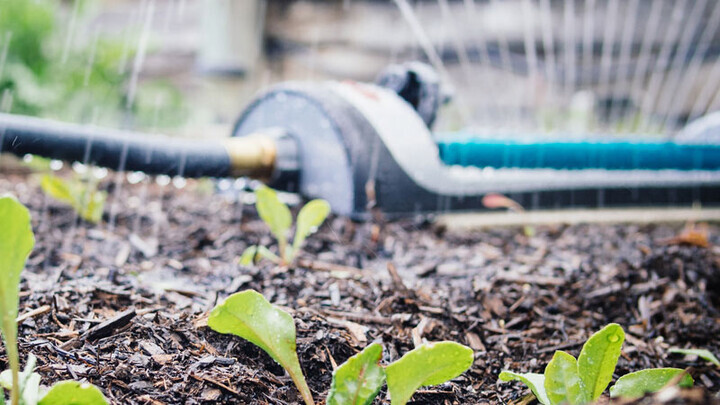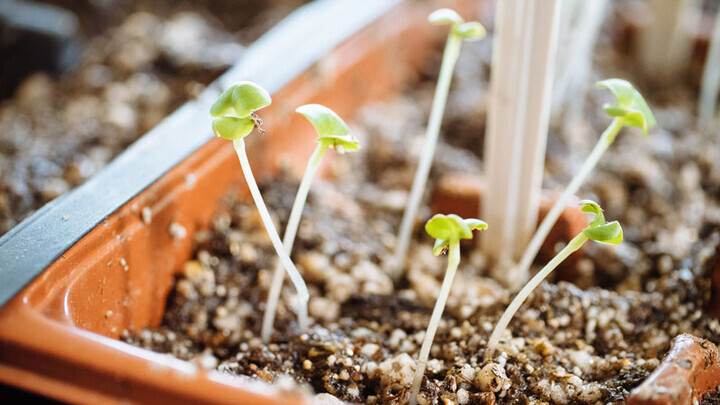When gardeners think of seed starting, spring usually takes the cake. After all, that’s when we’re most eager, most energized, and finally ready to take on the warm weather and freshly dug garden beds. But mid- to late-summer is prime seed-starting season as well. Here are 5 tips on why you should embrace it and how you should get started.
1. Start seeds now to get in another round of summer crops.
If your basil, summer squash, or bush beans seem on their way out, sow a second round of seeds directly in the garden to get another harvest in the fall. The basil won’t make it through winter (unless you live in a very mild climate), but can provide enough clippings for the next few months of meals. Plan ahead, plant it in a pot and overwinter it indoors.
Summer squash can be picked when the fruits are immature, but if the threat of frost looms sooner than expected, you can still harvest the squash blossoms.
Bush beans are quicker to mature than climbing varieties, so you should be able to get at least one good harvest before cold weather sets in.
 1. Take advantage of the warm soil for seed germination.
1. Take advantage of the warm soil for seed germination.
Fall crops like parsley, lettuce, chard, cabbage, and turnip do best in cool weather, but prefer temperatures on the warmer side as far as germination goes. Plant them now, while the soil is warm, and allow them to mature through fall and winter.
 1. Start succession sowing fall crops.
1. Start succession sowing fall crops.
Root vegetables like beets, carrots, and radishes, as well as salad greens like spinach, arugula, and mizuna, can be seeded every 1 to 2 weeks throughout the season to ensure a steady supply of food. This helps fill in empty spots after you’ve pulled up a beet or a head of spinach, and keeps your garden productive, even as the growing season shortens. Continue to seed a new round of crops up until a month before the first frost.
 1. Start seeds indoors until your fall vegetable beds are ready.
1. Start seeds indoors until your fall vegetable beds are ready.
If you don’t have space in your garden quite yet (or you’re waiting for a heat wave to pass), you can still get a head start on fall planting by starting your seeds inside. This method works best for leafy greens (like lettuce and radicchio) and members of the brassica family (like kale and kohlrabi); root vegetables and peas typically don’t like to be transplanted and should be seeded directly outdoors.
1. Remember to keep the soil consistently moist.
Your garden is prone to drying out more quickly in the late summer months, so it’s especially important to keep your newly seeded soil evenly moist, especially the first 2 inches where the emerging root systems are.
A quick, shallow watering with a Gilmour Thumb Control Watering Nozzle once a day (rather than a long, deep watering once a week) is essential for seeds and seedlings in the first few weeks. Once the plants become established and cooler weather arrives, adjust the duration and frequency as needed to prevent them from being water-logged.